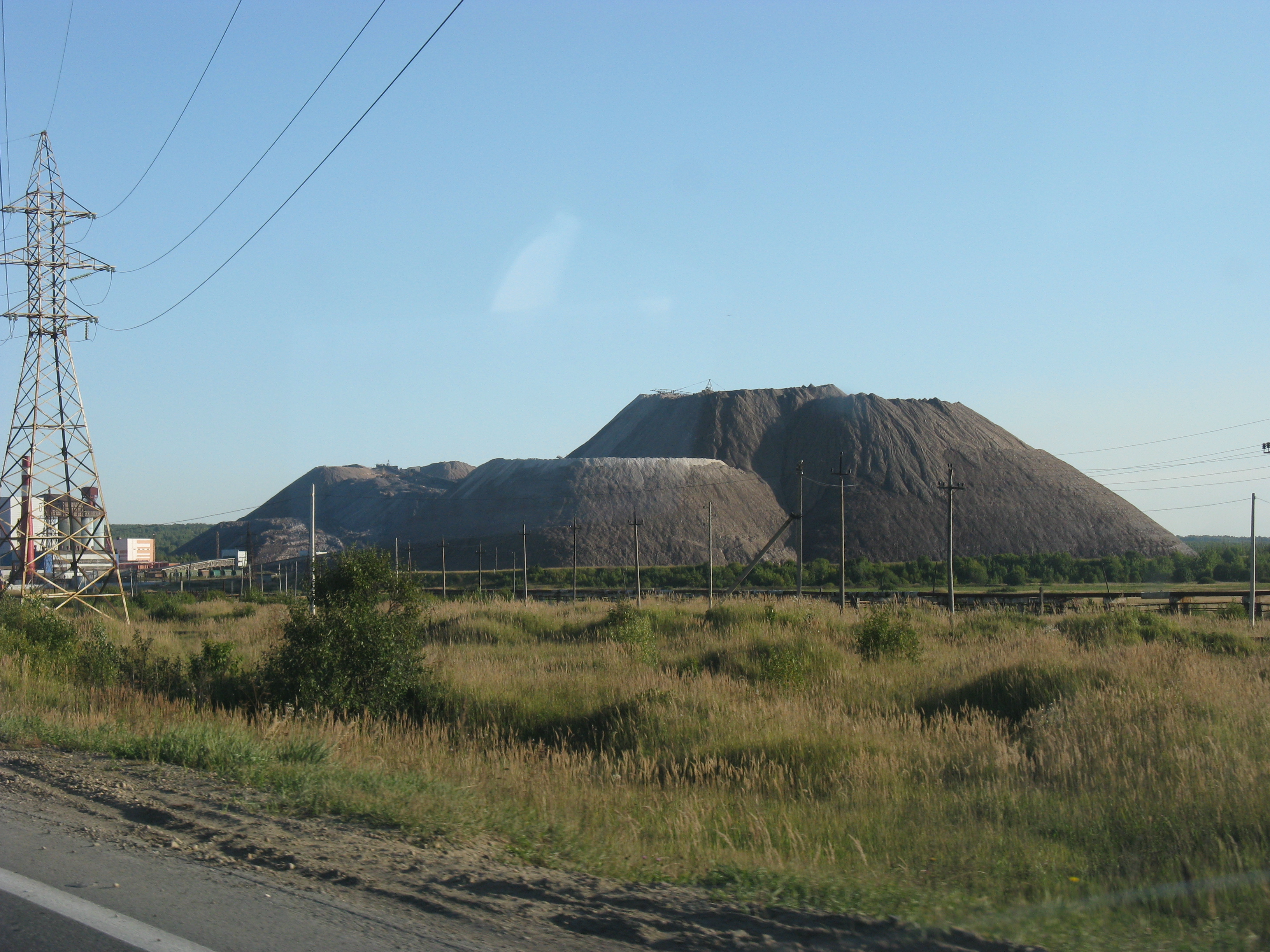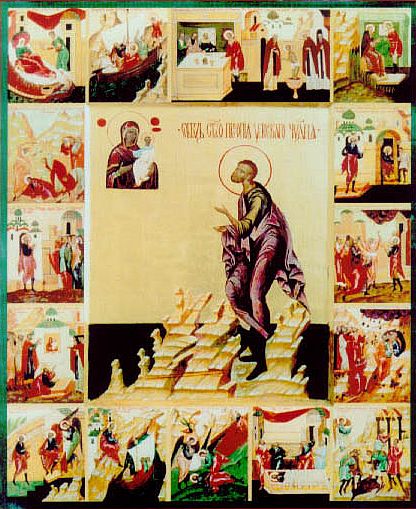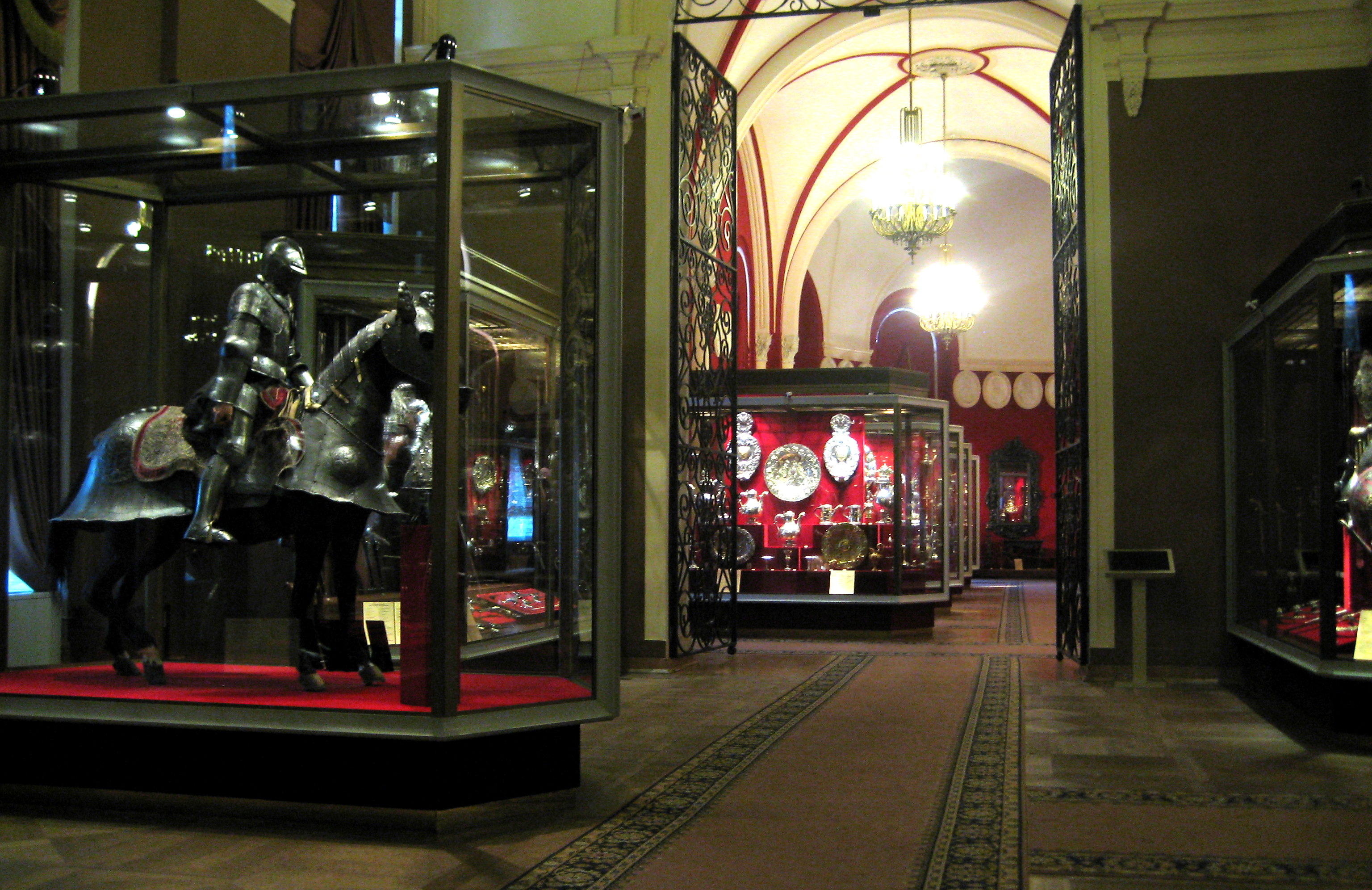|
Fyodor Zubov
Fyodor Evtikhievich Zubov (1615 – November 3, 1689), was a Russian painter, engraver, miniaturist and illuminator. Biography Zubov was born in Solikamsk, a member of the noble Zubov family. He began working in Veliky Ustyug and Yaroslavl. In 1662 he moved to Moscow where he worked with Simon Ushakov. His work included icons, illuminated manuscripts, drawings for engravings, and wall paintings. When Ushakov died in 1686, Zubov took over as the Director of the Imperial Workshop of Icon Painters in the Kremlin Armoury. He died in Moscow Moscow ( , US chiefly ; rus, links=no, Москва, r=Moskva, p=mɐskˈva, a=Москва.ogg) is the capital and largest city of Russia. The city stands on the Moskva River in Central Russia, with a population estimated at 13.0 millio ..., in 1689. References 1689 deaths 1615 births 17th-century engravers 17th-century Russian painters Russian male painters Russian engravers {{Russia-painter-stub ... [...More Info...] [...Related Items...] OR: [Wikipedia] [Google] [Baidu] |
Miniature (illuminated Manuscript)
A miniature (from the Latin verb ''miniare'', "to colour with ''minium''", a red lead) is a small illustration used to decorate an ancient or medieval illuminated manuscript; the simple illustrations of the early codices having been miniated or delineated with that pigment. The generally small scale of such medieval pictures has led to etymological confusion with minuteness and to its application to small paintings, especially portrait miniatures, which did however grow from the same tradition and at least initially used similar techniques. Apart from the Western, Byzantine and Armenian traditions, there is another group of Asian traditions, which is generally more illustrative in nature, and from origins in manuscript book decoration also developed into single-sheet small paintings to be kept in albums, which are also called miniatures, as the Western equivalents in watercolor and other mediums are not. These include Arabic miniatures, and their Persian, Mughal, Ottoman and ... [...More Info...] [...Related Items...] OR: [Wikipedia] [Google] [Baidu] |
Solikamsk
Solikamsk (russian: Солика́мск, Permyak: Совкар, ''Sovkar'', also Соликамскӧй, ''Sovkamsköy'') is a town in Perm Krai, Russia. Modern Solikamsk is the third-largest town in the krai, with a population of History The earliest surviving recorded mention of Solikamsk, initially as "Usolye-na-Kamskom" ''(Усолье на Камском)'' dates from 1430, in connection with the discovery and exploitation by miners and merchants, probably from Vologda, of massive salt deposits on the banks of the Usolka River. The name of the town is derived from the Russian words "" (''sol'', meaning "salt") and "" (Kama River, flowing through the town). The rapid growth of Solikamsk in the 17th century was predicated on the establishment of the Babinov Road, which was the only overland route leading from European Russia to Siberia. This road started in Solikamsk. The Stroganov family operated the country's largest salt-mining facilities in Solikamsk and the surrounding ... [...More Info...] [...Related Items...] OR: [Wikipedia] [Google] [Baidu] |
Zubov
The Zubovs (russian: Зу́бов) were a Russian noble family, rose to occupy some of the highest offices of state in the 1790s, when Platon Zubov became the last favourite of Empress Catherine the Great (). The Zubovs were first noticed in the service of Muscovite dukes in the 15th century. Nikolay Vasilievich Zubov (1699–1786) served in the Collegium of Economics, and his son (1727–1795) reputedly enriched himself serving as Vice-Governor of Vladimir. Alexander Zubov had one daughter and four sons; in 1793, together with his sons, he received the title of Count. His children were: * Nikolay Zubov (1763–1805), who became a general when his family was still in power. Known as a strongman, he served in Suvorov's army and married (1794) Suvorov's only daughter Natalia Alexandrovna (1775–1844). * (1764–1835), major general in the Imperial Russian Army, considered the founder of the Lithuanian branch of the family. He dedicated himself later to agricultural matt ... [...More Info...] [...Related Items...] OR: [Wikipedia] [Google] [Baidu] |
Veliky Ustyug
Veliky Ustyug (russian: Вели́кий У́стюг) is a town in Vologda Oblast, Russia, located in the northeast of the oblast at the confluence of the Sukhona and Yug Rivers. As of the 2010 Census, its population was 31,665. Veliky Ustyug has a great historical significance and was one of the major cities of the Russian North. It preserved some of the past urban structure and many of the architectural monuments. It has lost its former leading role and is nowadays mostly known for tourism. Location and etymology Veliky Ustyug is close to the confluence of the Sukhona (flowing from the west) and the Yug (from the south) rivers. Downstream from this confluence the rivers form a single waterway known as the Northern Dvina, sometimes referred to as the Little Northern Dvina. The historical center of the town is on the left (high) bank of the Sukhona and, in contrast to many historical Russian towns, there is an embankment along the Sukhona. Dymkovskaya Sloboda and Troit ... [...More Info...] [...Related Items...] OR: [Wikipedia] [Google] [Baidu] |
Yaroslavl
Yaroslavl ( rus, Ярослáвль, p=jɪrɐˈsɫavlʲ) is a city and the administrative center of Yaroslavl Oblast, Russia, located northeast of Moscow. The historic part of the city is a World Heritage Site, and is located at the confluence of the Volga and the Kotorosl rivers. It is part of the Golden Ring, a group of historic cities northeast of Moscow that have played an important role in Russian history. Population: Geography Location The city lies in the eastern portion of Yaroslavl Oblast. The nearest large towns are Tutayev ( to the northwest), Gavrilov-Yam ( to the south), and Nerekhta ( to the southeast). The historic center of Yaroslavl lies to the north of the mouth of the Kotorosl River on the right bank of the larger Volga River. The city's entire urban area covers around and includes a number of territories south of the Kotorosl and on the left bank of the Volga. With nearly 600,000 residents, Yaroslavl is, by population, the largest town on the Volga unt ... [...More Info...] [...Related Items...] OR: [Wikipedia] [Google] [Baidu] |
Simon Ushakov
Simon (Pimen) Fyodorovich Ushakov (Russian: Симон (Пимен) Федорович Ушаков) (1626 – 25 June 1686) was a leading Russian icon painter of the late 17th-century. Together with Fyodor Zubov and Fyodor Rozhnov, he is associated with the comprehensive reform of the Russian Orthodox Church undertaken by Patriarch Nikon. We know almost nothing about the early years of Simon Ushakov. His birth date is deduced from his inscription on one of the icons: ''In the year 7166 painted this icon Simon Ushakov son, being 32 years of age''. At 22 he became a paid artist of the Silver Chamber, affiliated with the Armory Prikaz. The bright, fresh colours and exquisite, curving lines of his proto-baroque icons caught the eye of Patriarch Nikon, who introduced Simon to the tsar Alexei Mikhailovich. He became a great favourite with the royal family and was eventually (1664) assigned to the Kremlin Armoury, run by an educated boyar Bogdan Khitrovo. Ushakov had a lot of p ... [...More Info...] [...Related Items...] OR: [Wikipedia] [Google] [Baidu] |
Icon
An icon () is a religious work of art, most commonly a painting, in the cultures of the Eastern Orthodox, Oriental Orthodox, and Catholic churches. They are not simply artworks; "an icon is a sacred image used in religious devotion". The most common subjects include Christ, Mary, saints and angels. Although especially associated with portrait-style images concentrating on one or two main figures, the term also covers most religious images in a variety of artistic media produced by Eastern Christianity, including narrative scenes, usually from the Bible or the lives of saints. Icons are most commonly painted on wood panels with egg tempera, but they may also be cast in metal, carved in stone, embroidered on cloth, done in mosaic or fresco work, printed on paper or metal, etc. Comparable images from Western Christianity can be classified as "icons", although "iconic" may also be used to describe a static style of devotional image. In the Greek language, the term for icon paintin ... [...More Info...] [...Related Items...] OR: [Wikipedia] [Google] [Baidu] |
Illuminated Manuscript
An illuminated manuscript is a formally prepared document where the text is often supplemented with flourishes such as borders and miniature illustrations. Often used in the Roman Catholic Church for prayers, liturgical services and psalms, the practice continued into secular texts from the 13th century onward and typically include proclamations, enrolled bills, laws, charters, inventories and deeds. While Islamic manuscripts can also be called illuminated, and use essentially the same techniques, comparable Far Eastern and Mesoamerican works are described as ''painted''. The earliest illuminated manuscripts in existence come from the Kingdom of the Ostrogoths and the Eastern Roman Empire and date from between 400 and 600 CE. Examples include the Codex Argenteus and the Rossano Gospels, both of which are from the 6th century. The majority of extant manuscripts are from the Middle Ages, although many survive from the Renaissance, along with a very limited number from Late Antiqu ... [...More Info...] [...Related Items...] OR: [Wikipedia] [Google] [Baidu] |
Kremlin Armoury
The Kremlin Armoury,Officially called the "Armou/ory Chamber" but also known as the cannon yard, the "Armou/ory Palace", the "Moscow Armou/ory", the "Armou/ory Museum", and the "Moscow Armou/ory Museum" but different from the Kremlin Arsenal. (russian: Оружейная палата) is one of the oldest museums of Moscow, located in the Moscow Kremlin, now a part of Moscow Kremlin Museums. The Kremlin Armory (military), Armoury originated as the royal arsenal in 1508. Until the transfer of the court to St Petersburg, the Armoury was in charge of producing, purchasing and storing weapons, jewelry and various household articles of the tsars, and valuables stolen from occupied countries. The finest Muscovite gunsmiths (the Vyatkin brothers), jewelers (Gavrila Ovdokimov), and painters (Simon Ushakov) used to work there. In 1640 and 1683, they opened the iconography and pictorial studios, where the lessons on painting and handicrafts could be given. In 1700, the Armoury was enriche ... [...More Info...] [...Related Items...] OR: [Wikipedia] [Google] [Baidu] |
Moscow
Moscow ( , US chiefly ; rus, links=no, Москва, r=Moskva, p=mɐskˈva, a=Москва.ogg) is the capital and largest city of Russia. The city stands on the Moskva River in Central Russia, with a population estimated at 13.0 million residents within the city limits, over 17 million residents in the urban area, and over 21.5 million residents in the metropolitan area. The city covers an area of , while the urban area covers , and the metropolitan area covers over . Moscow is among the world's largest cities; being the most populous city entirely in Europe, the largest urban and metropolitan area in Europe, and the largest city by land area on the European continent. First documented in 1147, Moscow grew to become a prosperous and powerful city that served as the capital of the Grand Duchy that bears its name. When the Grand Duchy of Moscow evolved into the Tsardom of Russia, Moscow remained the political and economic center for most of the Tsardom's history. When th ... [...More Info...] [...Related Items...] OR: [Wikipedia] [Google] [Baidu] |
1689 Deaths
Events January–March * January 22 (January 12, 1688 O.S.) – Glorious Revolution in England: The Convention Parliament is convened to determine if King James II of England, the last Roman Catholic British monarch, vacated the throne when he fled to France, at the end of 1688. The settlement of this is agreed on 8 February. * January 30 – The first performance of the opera '' Henrico Leone'' composed by Agostino Steffani takes place in Hannover to inaugurate the new royal theatre in the Leineschloss. * February 23 (February 13, 1688 O.S.) – William III and Mary II are proclaimed co-rulers of England, Scotland and Ireland. * March 2 – Nine Years' War: As French forces leave, they set fire to Heidelberg Castle, and the nearby town of Heidelberg. * March 22 (March 12 O.S.) – Start of the Williamite War in Ireland: The deposed James II of England lands with 6,000 French soldiers in Ireland, where there is a Catholic majority, ho ... [...More Info...] [...Related Items...] OR: [Wikipedia] [Google] [Baidu] |






.jpg)

